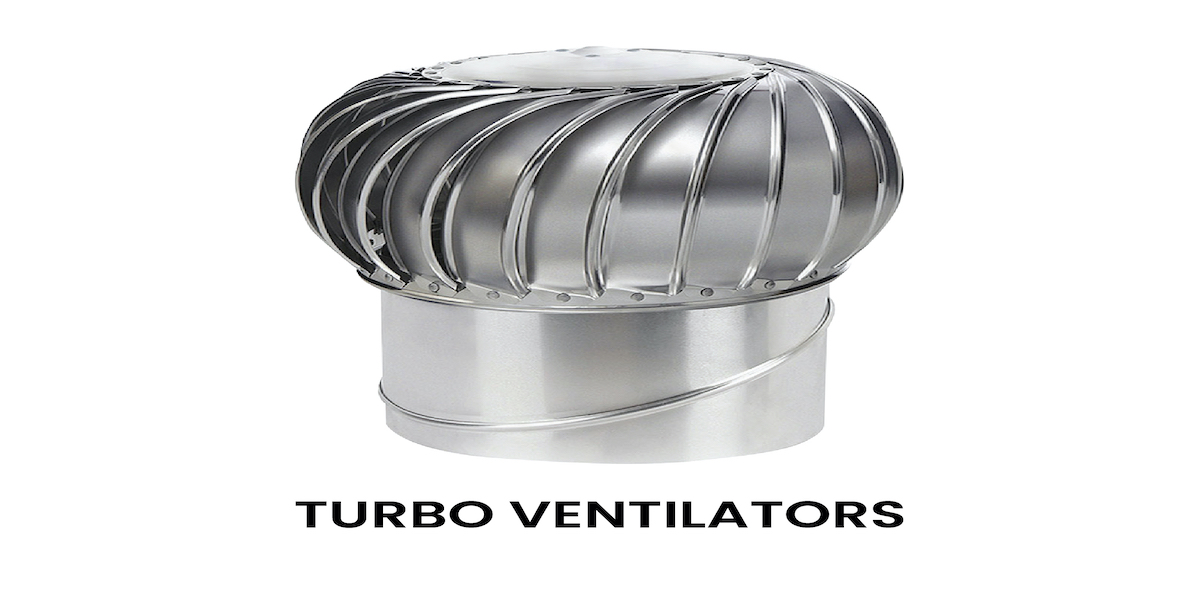
What are Cool Roofs? Types, Methods, How it Works
What Are Cool Roofs? Types, Methods, and How They Work
In the quest for more sustainable and energy-efficient buildings, cool roofs have emerged as a significant innovation. They offer a simple yet effective way to combat the urban heat island effect, reduce energy consumption, and improve indoor comfort. But what exactly are cool roofs, and how do they work? In this blog, we'll dive into the basics of cool roofs, explore their types and methods, and understand how they contribute to a greener future.
What Are Cool Roofs?
Cool roofs are designed to reflect more sunlight and absorb less heat compared to standard roofing materials. By doing so, they keep buildings cooler and reduce the need for air conditioning. This not only lowers energy bills but also helps mitigate the urban heat island effect, where cities become significantly warmer than their rural surroundings due to human activities and infrastructure.
How Cool Roofs Work
Cool roofs work on the principle of solar reflectance and thermal emittance:
Solar Reflectance: This is the ability of a roofing material to reflect sunlight. The higher the solar reflectance, the less heat is absorbed by the roof. Cool roofs typically have high solar reflectance values, which means they reflect a significant portion of the sun's rays.
Thermal Emittance: This refers to the ability of a material to release absorbed heat. A high thermal emittance allows the roof to cool down more quickly once the sun sets. Cool roofs are designed to have high thermal emittance, reducing the amount of heat that is retained.
Types of Cool Roofs
There are several types of cool roofs, each with its own set of benefits:
Reflective Coatings:
- Description: These are applied as a paint or coating over existing roofing materials.
- Materials: Typically made from materials like acrylics, silicones, or elastomeric compounds.
- Benefits: Easy to apply, can be used on various types of roofing systems, and can significantly improve reflectance and emittance.
Cool Roof Shingles:
- Description: These are asphalt shingles designed with reflective granules that reflect more sunlight.
- Materials: Made with reflective minerals or coatings embedded in the shingles.
- Benefits: Available in various colors and styles, offering both aesthetic appeal and energy efficiency.
Cool Roof Tiles:
- Description: Clay or concrete tiles that are designed with reflective coatings or colors.
- Materials: Often coated with reflective glazes or colored with cool pigments.
- Benefits: Durable and energy-efficient, and they add a distinctive look to buildings.
Green Roofs:
- Description: Also known as living roofs, these are covered with vegetation.
- Materials: Soil and plant layers placed over a waterproof membrane.
- Benefits: Provides insulation, reduces heat absorption, and helps manage stormwater.
Cool Roof Membranes:
- Description: These are single-ply membranes made from materials like PVC or TPO.
- Materials: Typically white or light-colored to enhance reflectance.
- Benefits: Long-lasting, reflective, and suitable for flat or low-slope roofs.
Methods for Installing Cool Roofs
Installing a cool roof involves several methods depending on the type of roof and existing conditions:
Coating Application: Reflective coatings are applied over the existing roof. This process usually involves cleaning the roof surface, repairing any damage, and then applying the coating in one or more layers.
Replacing Roof Materials: For new constructions or roof replacements, installing cool roof shingles or tiles involves removing old materials and replacing them with the cool roofing products.
Installing Green Roof Systems: This method requires installing a green roof system with layers of waterproofing, drainage, soil, and vegetation.
Membrane Installation: Cool roof membranes are installed in a manner similar to traditional roofing materials, but with the added benefit of enhanced reflectivity and durability.
Benefits of Cool Roofs
Energy Savings: By reducing heat absorption, cool roofs decrease the need for air conditioning, leading to lower energy bills.
Enhanced Comfort: Cooler indoor temperatures improve comfort for building occupants.
Environmental Impact: Cool roofs help reduce the urban heat island effect, lower greenhouse gas emissions, and contribute to overall climate mitigation.
Longevity: Many cool roofing materials have extended lifespans compared to traditional materials due to their reflective properties and reduced thermal stress.
Conclusion
Cool roofs represent a practical and effective solution for enhancing energy efficiency and environmental sustainability. By reflecting sunlight and reducing heat absorption, they contribute to cooler indoor spaces, lower energy costs, and a healthier planet. Whether through reflective coatings, specialized shingles, or green roofs, integrating cool roof technologies is a step towards a more sustainable future.


